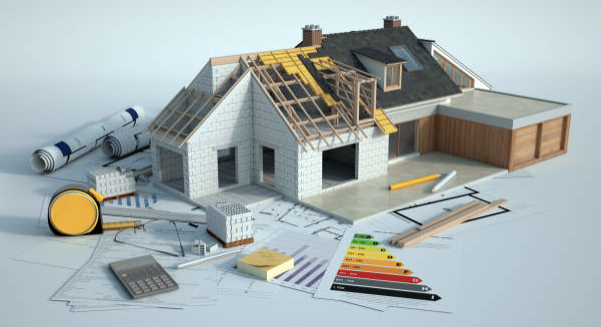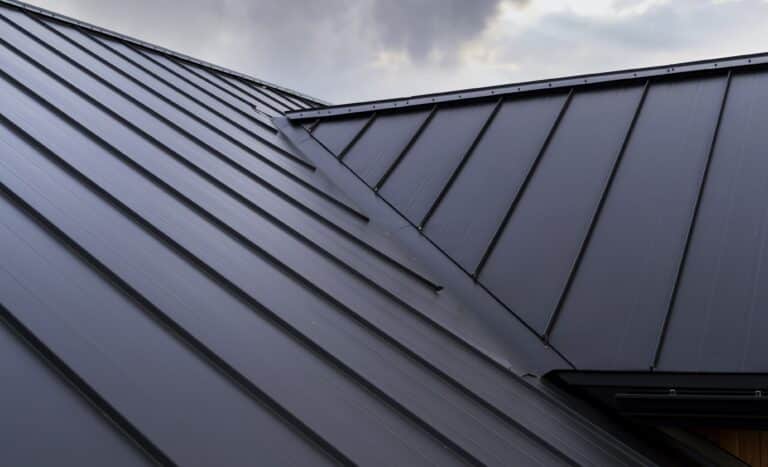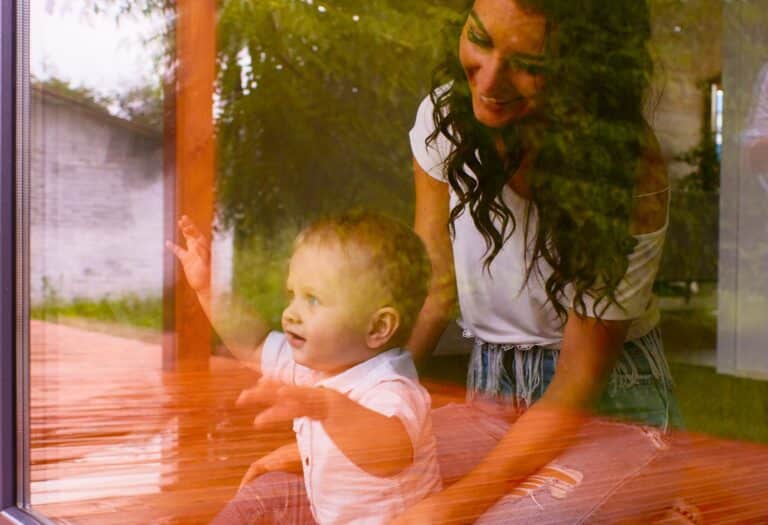Sustainable Materials for Your ADU California
Brandon Hustlar June 21st 2024
Building Green, Building Smart
In today’s world, where sustainability and environmental consciousness are at the forefront of many people’s minds, constructing an eco-friendly Accessory Dwelling Unit (ADU) is a commendable goal. Whether you’re looking to reduce your carbon footprint, save on energy costs, or simply build a space that aligns with green building principles, the materials you choose are crucial.
2. Steady Rental Income Stream
One of the most immediate benefits of building an ADU is the potential to generate a steady stream of rental income which helps cover your mortgage payments or other property-related expenses. In many areas where rental demand is high, ADUs can command substantial rental prices, offering an attractive ROI that can recoup construction costs within just a few years.
Each of these materials offers unique benefits that not only enhance the durability and efficiency of your ADU but also contribute to a healthier planet. Let’s dive into why these options are excellent choices for your green building project.
When designing an eco-friendly Accessory Dwelling Unit (ADU), informing yourself about the right materials is important. Fly ash concrete boosts durability and eco-friendliness, with Class F and Class C options offering high quality strength and resistance.

Fly Ash Concrete
Fly ash is like the secret ingredient that gives concrete a great boost. This finely ground material, a residue of burning powdered coal, can make concrete sturdier, more workable, and less penetrable.
There are two main types of fly ash you’ll come across: Class F and Class C.
Class F is coated with a glassy substance, which helps keep concrete from expanding and makes it more resistant to sulfates and alkali-aggregate reactions. Think of it as the superhero of concrete additives.
Class C, on the other hand, has more calcium oxide, which means it’s incredible for adding extra strength to structural concrete like foundations, colums, beams, and slabs.
By using fly ash, you’re not just making concrete better—you’re also making a more sustainable choice for your building projects.

Schedule a complimentary call with an ADU specialist
Structural Insulated Panels (SIPs)
SIPs are changing the way eco-friendly homes are built and small commercial spaces. These panels feature an insulating foam core made of expanded polystyrene, extruded polystyrene and polyurethane sandwiched between plywood, Oriented Strand Board or Cement Particle Board and are crafted in precise factory conditions to fit almost any design.
SIPs are extremely strong, energy-saving, and affordable. With their great insulation and air-sealed, they significantly reduce energy costs over the home’s lifetime, making them about 50% more effective than traditional wood framing.
By minimizing heat conduction and ensuring airtight construction, SIPs are ideal for meeting LEED and net-zero-ready standards. For those aiming to build sustainably and save on energy costs, SIPs offer an innovative solution.
Cool Roofs
A cool roof is engineered to reflect sunlight and effectively release any heat it absorbs, helping to keep your home cooler. Think of it like wearing white clothes on a hot day versus black ones. White clothes reflect more sunlight and absorb less heat, so you stay cooler. Similarly, a cool roof maintains your home at a more stable temperature by reflecting sunlight and letting heat escape. Cool roofs are often white, but they don’t have to be since there are many options with darker colors that are highly reflective in the near-infrared part of the spectrum. The performance of a cool roof depends on two main factors: solar reflectance and thermal emittance, both rated on a scale from 0 to 1, where 1 means 100% reflective or emissive.

Low-E Windows (Low-Emissivity windows)
Low-E windows are a great choice for increasing your home’s energy efficiency. They offer a unique, non-toxic coating that’s virtually invisible but remarkably effective. By reflecting heat rather than letting it in, these windows help keep your home warm in the winter and cool in the summer. This can make a big difference, keeping in mind that around 30% of your home’s heating energy can escape through regular windows. Low-E windows also block ultraviolet and infrared light, which helps prevent your furniture from fading and keeps indoor temperatures more stable. Plus, they don’t compromise on natural light; the coating is mostly transparent, so you still get plenty of sunlight.

Recycled Content Tiles
Choosing recycled tiles is a great way to welcome sustainability. By choosing these, you’re not only minimizing waste but also lowering the need for obtaining new resources. These tiles often come from salvaged glass, ceramics, and other materials. It’s important to keep in mind that their eco-friendliness can also depend on how they’re fabricated and transported. For your project, look for certifications like LEED (Leadership in Energy and Environmental Design) to ensure you’re making a truly green choice if its something important for you. Welcome recycled tiles and make a positive impact on the environment while adding style to your space!
Building green and smart involves choosing eco-friendly materials that increase energy savings and reduce ecological footprint. Structural Insulated Panels (SIPs) provide the best insulation and airtightness, significantly lowering energy costs. Fly ash concrete increases durability and strength while reducing waste. Recycled content tiles minimize resource extraction and waste, making them an eco-friendly choice. Low-E windows improve heat conservation by reflecting heat, maintaining good indoor temperatures the entire year. Cool roofs reflect sunlight and release heat, keeping homes cooler and prevents high energy use. combining these materials into your ADU ensures a eco- friendly, energy-saving, and environmentally friendly living space.
Got more questions? Book a free call with one of our experts.
Prefab Homes
hello@homeplex.net
(424) 428-8000
145 W Broadway
Long Beach, CA 90802
DRE #02186195
© 2025. All rights reserved. HOMEPLEX, The New American Dream are registered trademarks of HOMEPLEX, INC.


